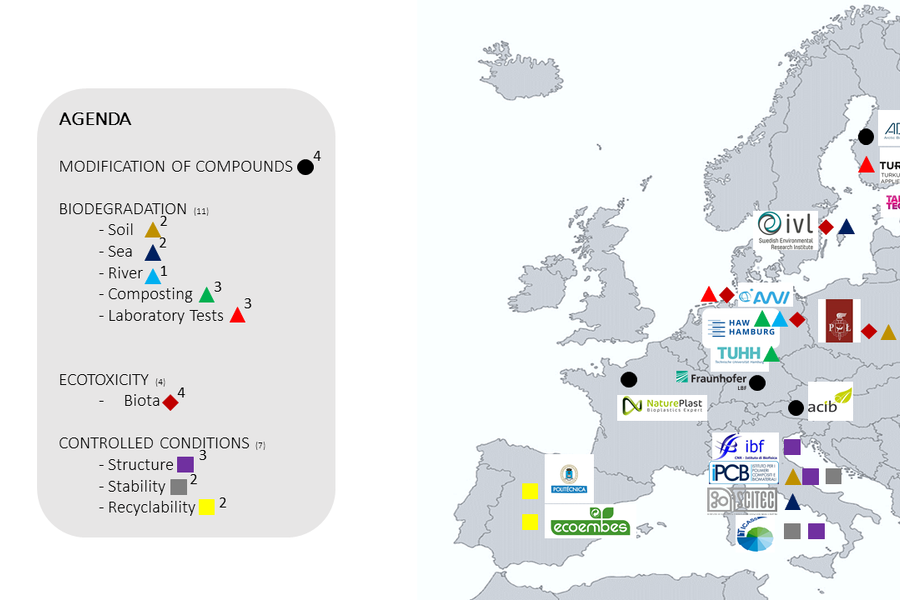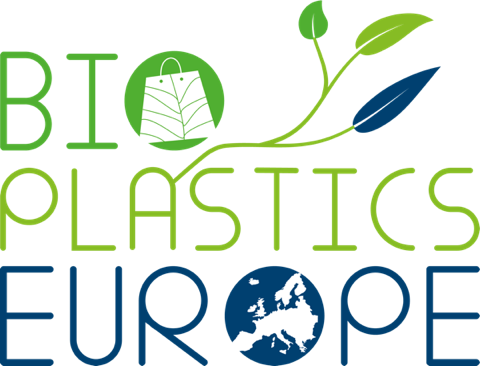A “Design Thinking” approach for the development of plastic materials
By ABM, ACIB, Fraunhofer LBF, NaturePlast and TICASS

One of the most important questions in the development of plastic materials today is how sustainable the material is. Packaging is often light and can easily be spilt - if the products made from these materials are used outside, they can be lost or intentionally left behind. Ideally, they would degrade then. Biodegradable polymer types are known for decades, and that fillers and additives can influence their degradation. So, how does the degradation work and can be optimized under controlled conditions, and what is the situation out in the soil, in seawater or in limnic water? And last but not least, ecotoxicity must also be taken into account.
To answer these questions, the BIOPLASTICS EUROPE consortium is taking a design-thinking approach. In this iterative process, our research team improves all materials for their planned application by integrating feedback loops and bringing their trans-European perspectives to meet different market needs.
In the first round of experiments, bio-based polyesters were compounded and characterized for different applications:
• PLA-based re-usable outdoor cutlery
• PLA-based mulch films for agricultural applications
• PLA-based containers for cosmetics and foods (rigid packaging)
• PBS-based soft food packaging
• PHBV-based beach toys
For 16 months, our research teams from Fraunhofer LBF, ACIB, NaturePlast, Arctic Biomaterials and WP5 partners (responsible for pre-normative research and field tests) made prototype formulations, ran pilot-scale production tests and tested samples. Materials were characterized for their targeted use and the partners established standards for testing protocols and performed basic characterization on recycling, biodegradation and ecotoxicity.
Overall, the second and final round of testing, which began in May 2022, is still in progress and the results will be used to further improve our solutions that are tailored to be sustainable for their specific use case.
The answer to the question of sustainability is always a compromise between the ability to degrade under certain conditions, to be recycled into new products and an adjusted lifetime to allow for durable products where necessary and to foster reuse.

